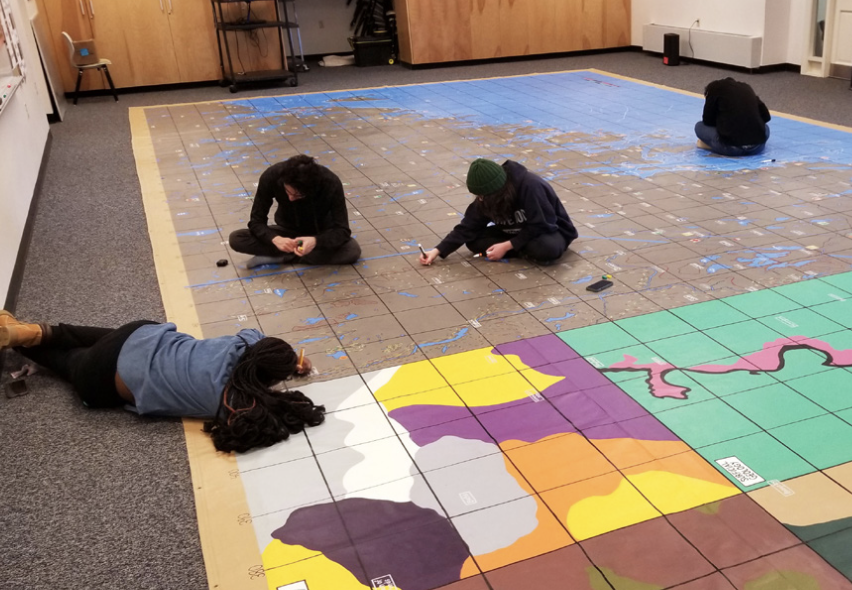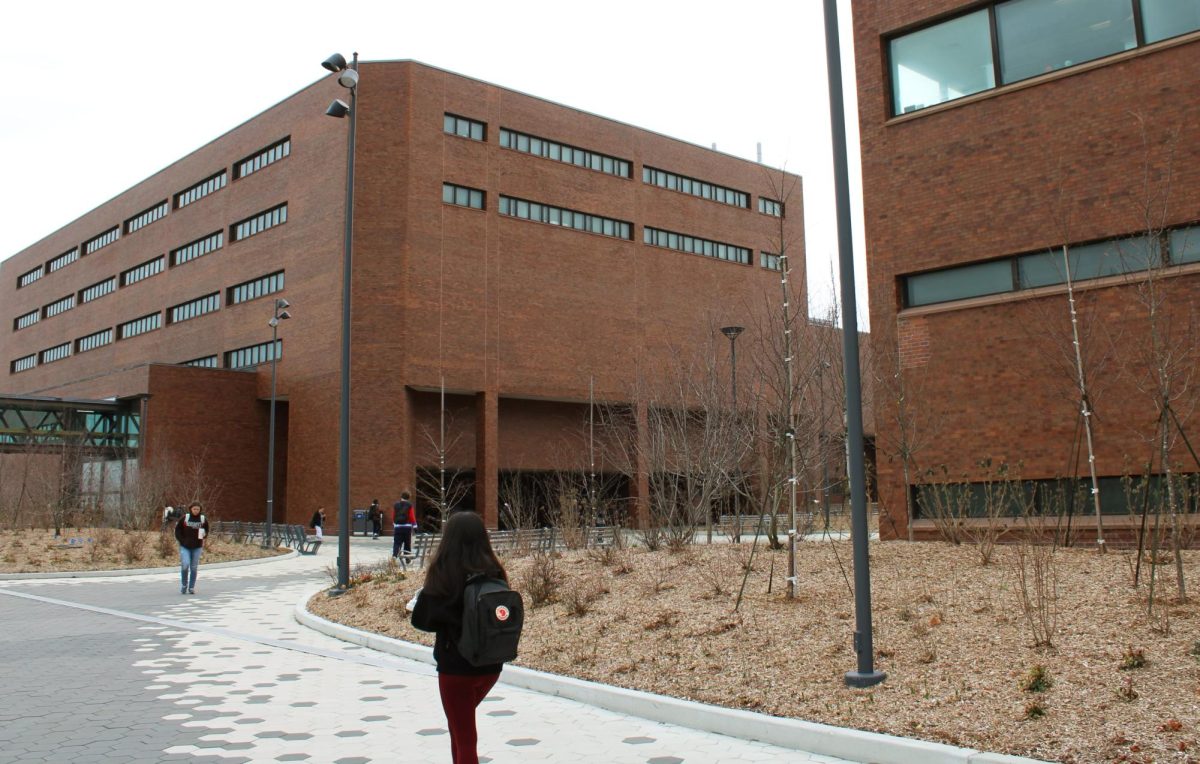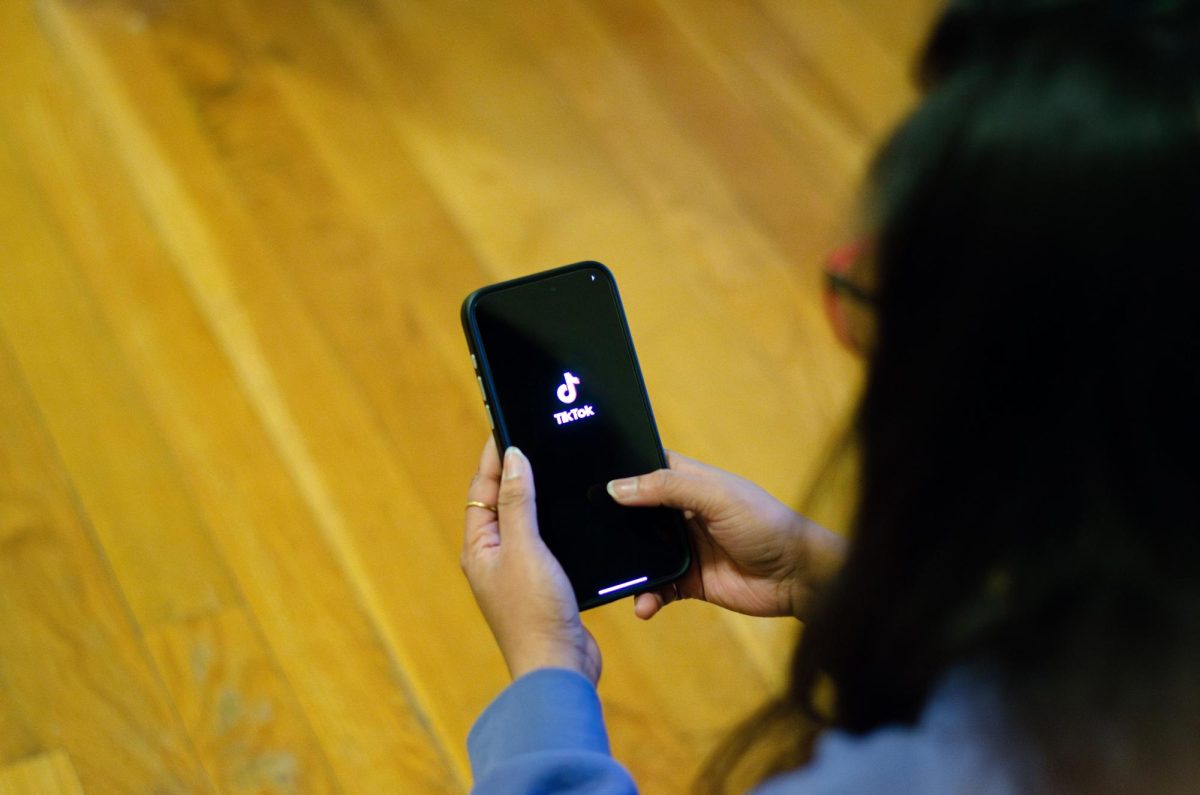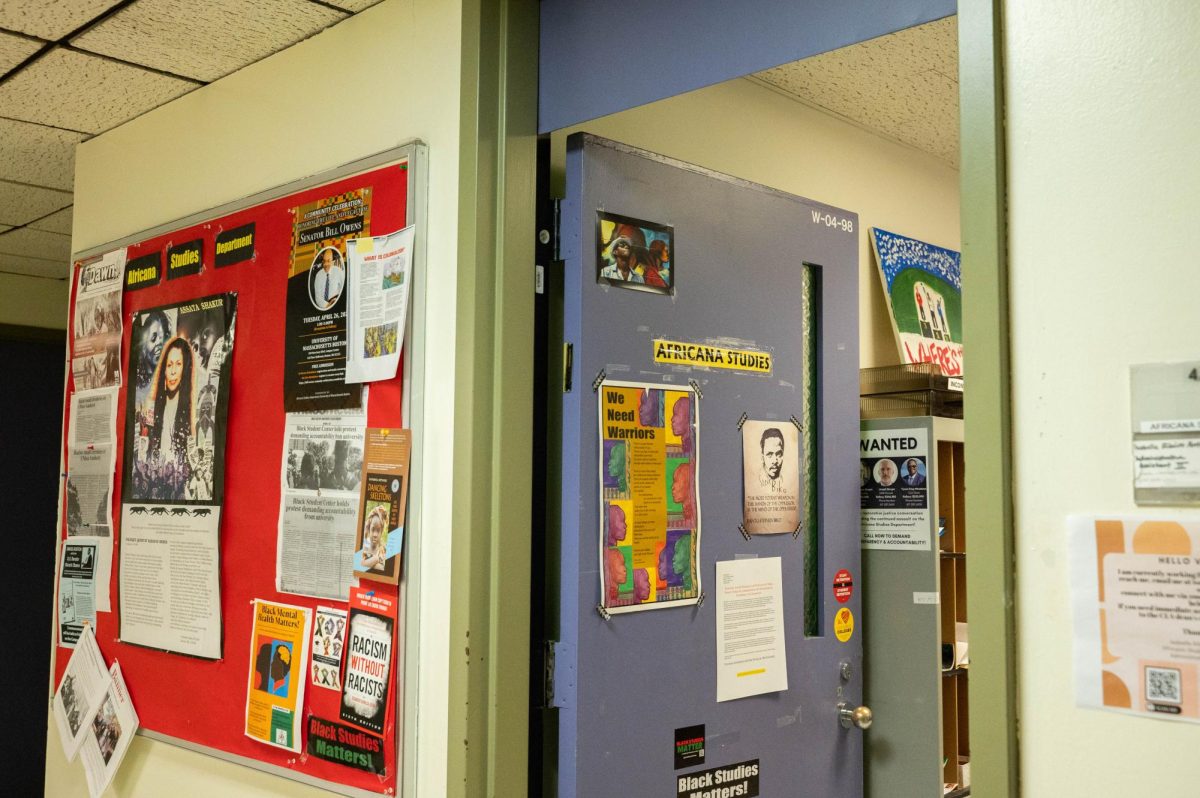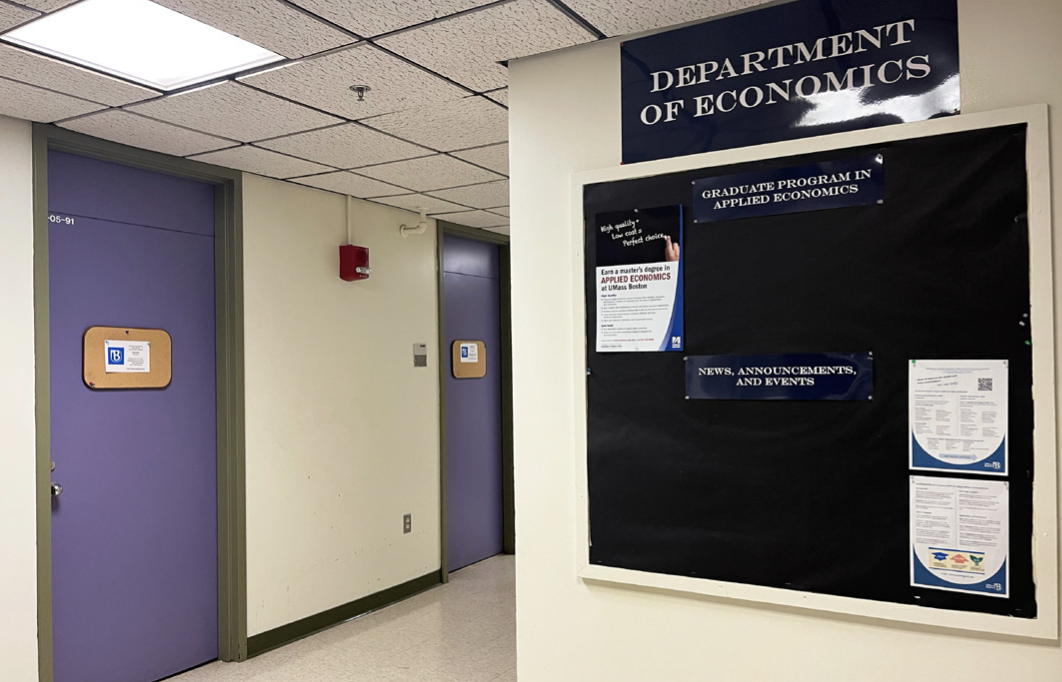The Museum of Fine Art’s newest exhibit: “Art and Empire: Treasures from Assyria In The British Museum”, is noteworthy for two reasons. First all of the objects on display are on loan from the British Museum, and second the British Museum has the largest collection of Assyrian artwork outside of Iraq. I walked into the exhibit knowing next to nothing about Assyria, and walked out very impressed.
The bulk of the exhibition consists of a wall relief sculpture and tablets covered in cuneiform writing, ancient Assyrian books if you will. The wall relief features either stories of battles and exploits of kings and important figures in Assyria, or images of guardian and protective spirits who were supposed to ward off evil. The figures are all rendered in side view much like ancient Egyptian art, however the figures are shown in realistic profile rather than the Egyptian style, which featured slightly distorted figures. The images could be said to be an evolution of the Egyptian style. In fact most of the objects displayed show the various influences on Assyrian culture.
At its height Assyria covered all of modern Iraq, Syria, and Lebanon, and covered parts of Israel, Egypt, Iran, and Turkey. While the seat of Assyrian power was in modern Iraq, It’s culture showed influences from every part of the ancient world it covered or came in contact with, including Egypt, Babylon, and Phoenicia. Several of the objects on display were decorative fragments of furniture, Egyptian themes and motifs are common and almost all of the ivory is identified as coming from Phoenicia, Babylonian influences are identifiable in the reoccurring images of sphinxes and the heavily bearded appearance of male figures.
One room of the exhibition is contains a large number of clay tablets covered in tiny cuneiform (a Latin term meaning ‘wedge-shaped’ which refers to the appearance of the script) writing. The sizes vary from the size of a textbook to as small as an iPod Nano (to give easily imagined dimensions). These tablets supposedly contain everything from tales of the king’s accomplishments to records of grain shipments. On tiny tablet was marked as being a letter from the prince to the king. Apparently one of the king’s of Assyria tried to create a library containing all the knowledge that the ancient world had acquired, and was fairly successful too.
The part of the exhibit I was most interested in was the cylinder seals. Cylinder seals were small cylinders made out of clay, ivory, or precious stone with a design carved onto the surface. When rolled on wet clay the design would be printed into the surface, these served the seal or the ‘signature’ of important people and would be used to mark important documents. During the days that followed the fall of Saddam Hussein’s government there was mass looting of the Iraq national museum and cylinder seals, being fairly small and easy to grab by the handful, were one of the items that were taken the most. Unfortunately the collection on display is fairly small, however the case they are placed in has magnifying glasses placed above it so you can take a closer look and examples of the rolled out designs on ceramic.
The exhibit is an excellent look at art from the period between Ancient Egypt and Ancient Greece and shows that Iraq the Middle East was not always a fractured, war torn landscape, but was once the center of civilization in the known world. Art and Empire: Treasures From Assyria In The British Museum runs from Sept. 21st to Jan. 4th in the Gund Gallery. Admission is $8 with student ID after 12:00.




